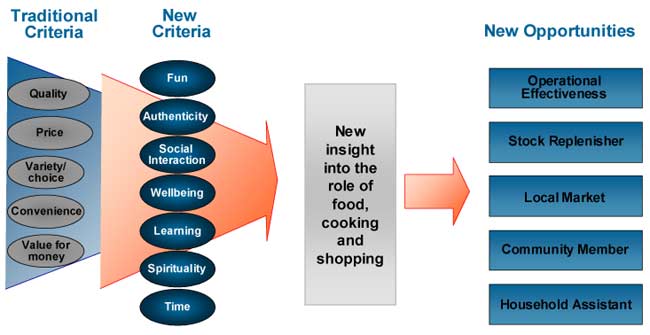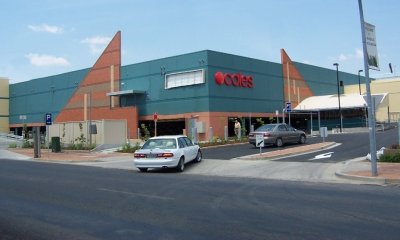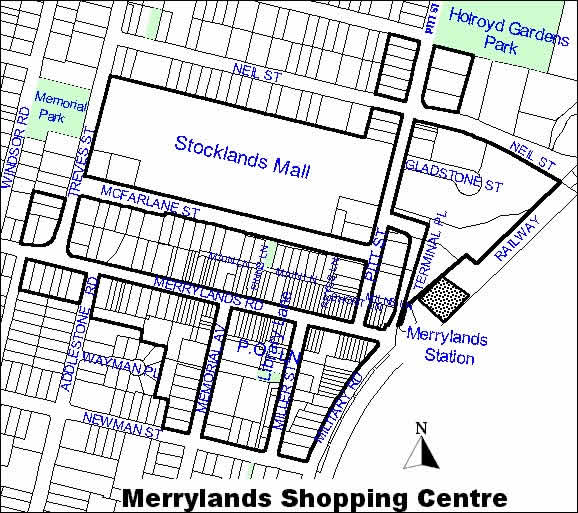






| 0 |
1 | 2 |
3 |
4 |
5 |
6 |
7 |
8 |
9 | |
| LOW LEVEL ANCHOR TENANT @ 11%PA | REV VALUE | NPV | ||||||||
| 28 |
28 |
29 |
30 |
32 |
34 |
38 |
38.5 |
39 |
1300 |
1282.7 |
| NATIONAL CHAIN STORES @ 12%PA | ||||||||||
| 71 |
72 |
72 |
74 |
75 |
76 |
78 |
79 |
82 |
2523.1 |
2528.2 |
| HIGH LEVEL INDIVIDUAL TENANTS @ 13.5%PA | ||||||||||
| 90 |
100 |
110 |
120 |
125 |
145 |
150 |
155 |
158 |
4358.6 |
4438.1 |
| LOW LEVEL INDIVIDUAL TENANTS @ 17% PA | ||||||||||
| 75 |
80 |
85 |
90 |
95 |
110 |
120 |
130 |
135 |
3000 |
3165.9 |
| LICENSEES @ 22%PA | ||||||||||
| 18 |
20 |
20 |
25 |
26 |
28 |
30 |
35 |
40 |
695.7 | 758.8 |
| MARKET VALUE SAY: 12 200 000 | TOTAL: |
12230.7 | ||||||||